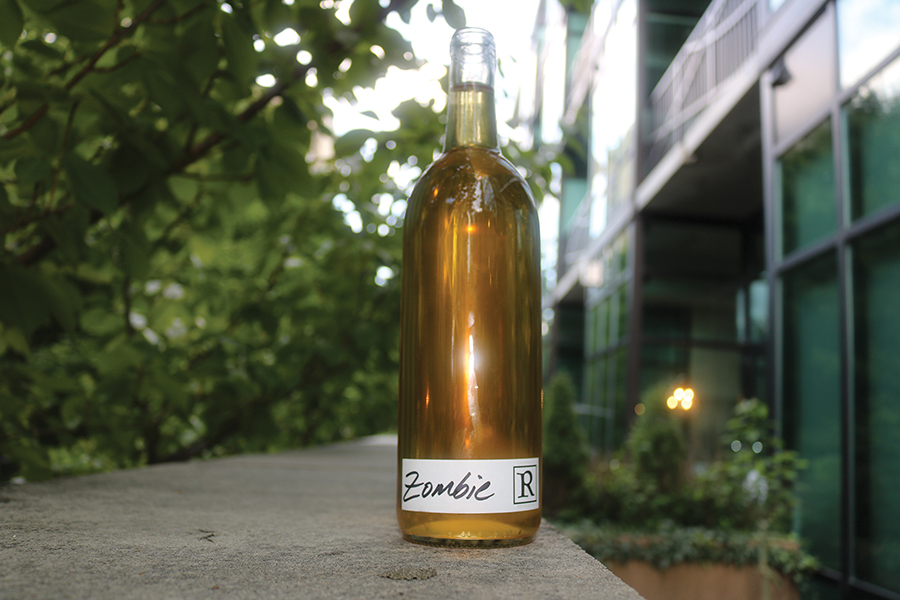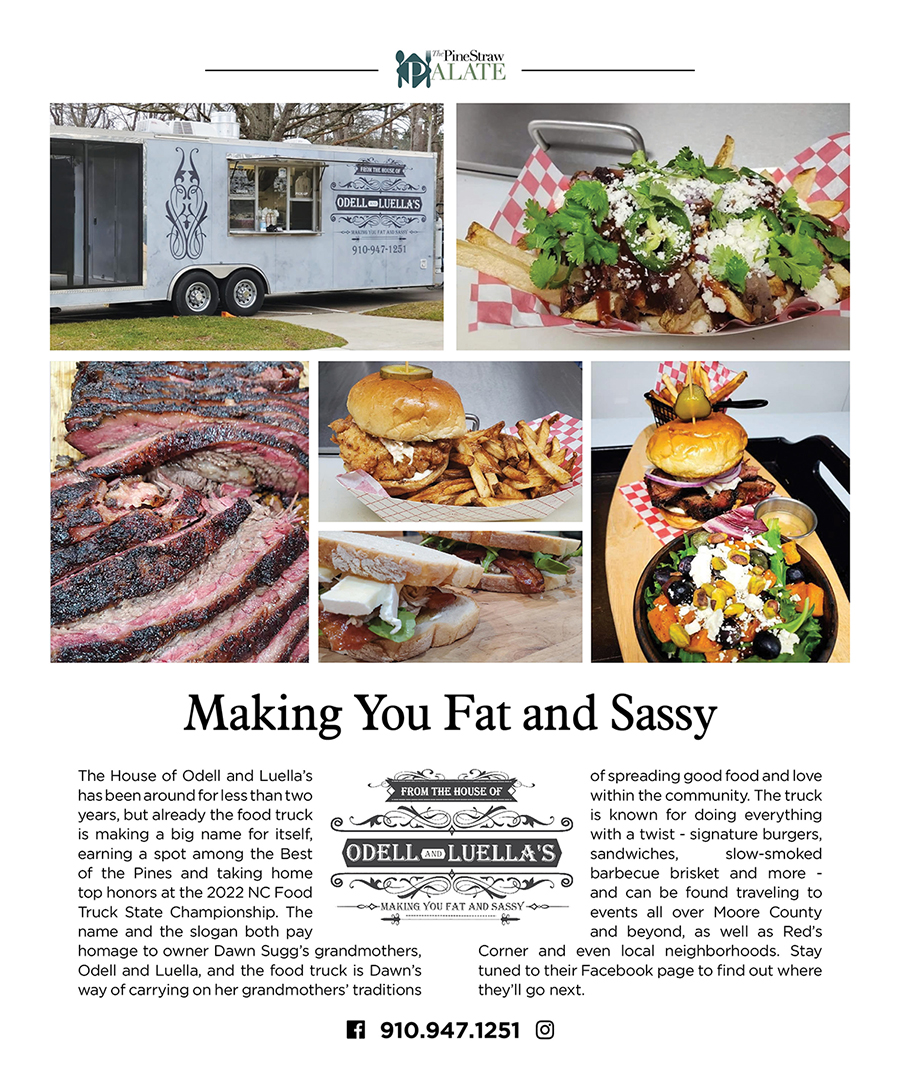Batch-a-Zombie
Cocktail prep for Halloween
By Tony Cross

Rum is the nectar of the gods, right, so what makes more sense in October than having a little fun with a Zombie? Without further ado, let me present the batched, milk-punch-clarified Zombie cocktail that you can bottle and drink whenever you want. Talk about the living dead.
I follow a few fine bartenders on Instagram and one, whose handle is thirstywhale, put up a quick little TikTok about scaling up the Zombie, and then clarifying the whole thing. As soon as the video ended, I was on it.
First, let’s address the whole milk thing. Adding milk to drinks is nothing new. In fact, milk was added to punch before people were shaking up cocktails. As Dave Arnold explains, “Milk punches are known for their soft, round flavors. That softness isn’t caused just by the presence of milk but by the removal of phenolic compounds from the spirit via the casein-rich curds.” In English, clarifying a batched drink with milk makes the drink soft and smooth, without tampering with the ABV. Batching cocktails ahead of time is plenty of work, but just imagine pulling a bottle of clarified Zombies from your cabinet on Halloween night and pouring it over ice for the parents while their ghosts and goblins dig into the candy bowl. Look at you, all cool and stuff.
Clarified Zombie (batched)
3 cups Jamaican rum
3 cups Gold Puerto Rican rum
2 cups 151 demerara rum
1 cup Falernum
1 1/2 cups lime juice
2/3 cups grapefruit juice
1/3 cup cinnamon syrup
2 3/4 ounces grenadine
3/4 ounce absinthe
1/2 ounce Angostura Bitters
3 cups whole milk
This recipe yields roughly four 750ml bottles of cocktails. You can definitely cut this in half, or by three-quarters, but . . . if you’re going to buy the bottles of spirits for this recipe, you might as well go all out. In fact, any extra would make a great gift for a birthday or the holidays. Once completed, this cocktail will hold for many, many years.
Here are the liquors I used:
Jamaican: Appleton Estate 8 Year
Puerto Rican: Bacardi Gold
151: Lemon Hart & Son Rhum
You don’t have to use these, but make sure the rums come from the respective origins. You can order these online and have them shipped to you in a week. I highly, highly recommend this option. You’ll need to get the Falernum there anyway, and there’s no substitute for that. What is Falernum, you ask? It’s like a syrup/liqueur that is flavored with lime, almond and clove. It’s an essential in many Tiki drinks.
Notes on Execution
Juice: please squeeze it yourself. Do not, I repeat, do not buy these in a bottle. Also, make sure that the juice is squeezed just prior to batching. Strain it, too, will ya?
Cinnamon syrup: take 10 grams of cinnamon sticks and blend them for 10 seconds. In a small pot, make a 2:1 simple syrup with 1 cup of white sugar to 1/2 cup water. Stir over medium heat until sugar is dissolved. Place the syrup in the blender with cinnamon, and blend one last time for another 10 seconds. Let the syrup cool in a container, and then strain out the solids. Refrigerate until you’re ready to use.
Grenadine: there are two options. You can buy this, but not at the grocery store. Contrary to belief, grenadine is not made from cherries, it’s made from pomegranate juice. Small Hand Foods makes a great one, if you’re looking online. You can also make this at home. Just take equal parts POM pomegranate juice with demerara sugar and stir it in a pot over medium heat until dissolved. Presto!
Absinthe: I have a nice bottle here at the house, but if you don’t, almost every ABC in North Carolina has one. If you’d rather order online, may I suggest the Vieux Pontarlier Absinthe Superieure?
Showtime: In a large Cambro, start with your smallest ingredients first — Angostura Bitters, absinthe, all the way up to 3 cups of rum. Give it a quick stir. Add the 3 cups of milk last. You’re halfway there. Cover your container and walk away. Let it sit for 2-4 hours. When the time has passed, take a medium to large strainer, and line the inside of it with paper towels (one ply thick). Make sure that you slowly pour the cocktail into your strainer. It will take a little while to filter through, so you’ll have to pour and wait, repeating the process. If you pour too quickly, the curdled cocktail will rip through your paper towel. When all is filtered, filter again. This time, take a coffee filter to catch every last bit of curd. Once this is done, just bottle and keep in a cool, dark place. This cocktail will hold forever in the bottle. Pour 2-3 ounces over ice. Garnish with grated, fresh nutmeg. And be careful — these drinks are potent. More than a couple, and you’ll be walking like a . . . well, you know. PS
Tony Cross is a bartender (well, ex-bartender) who runs cocktail catering company Reverie Cocktails in Southern Pines.






















